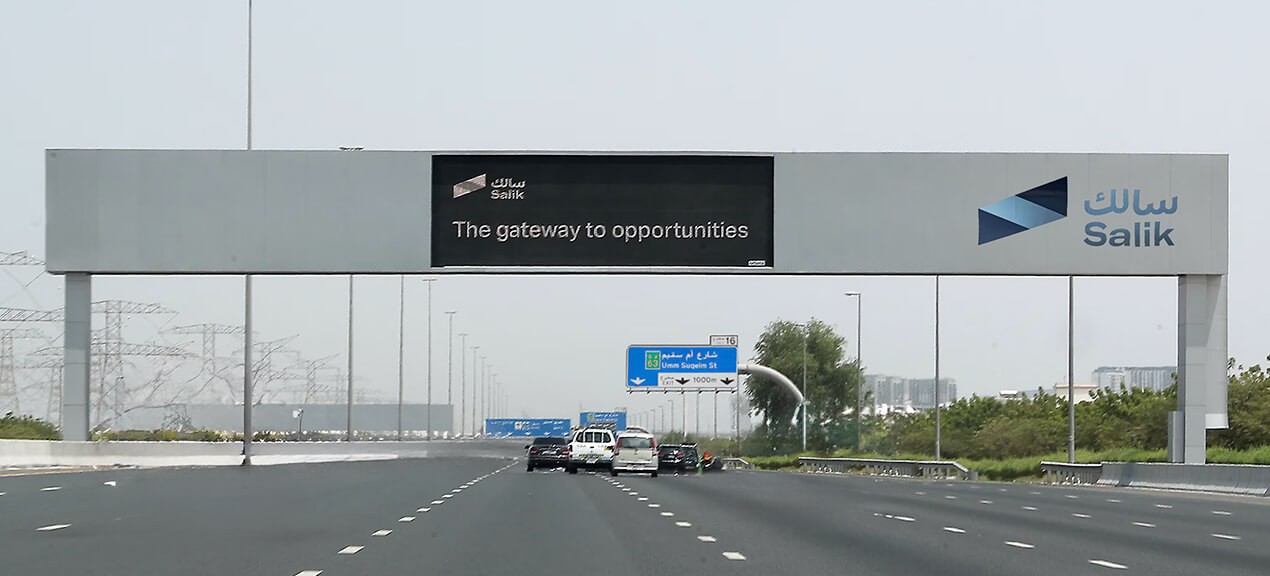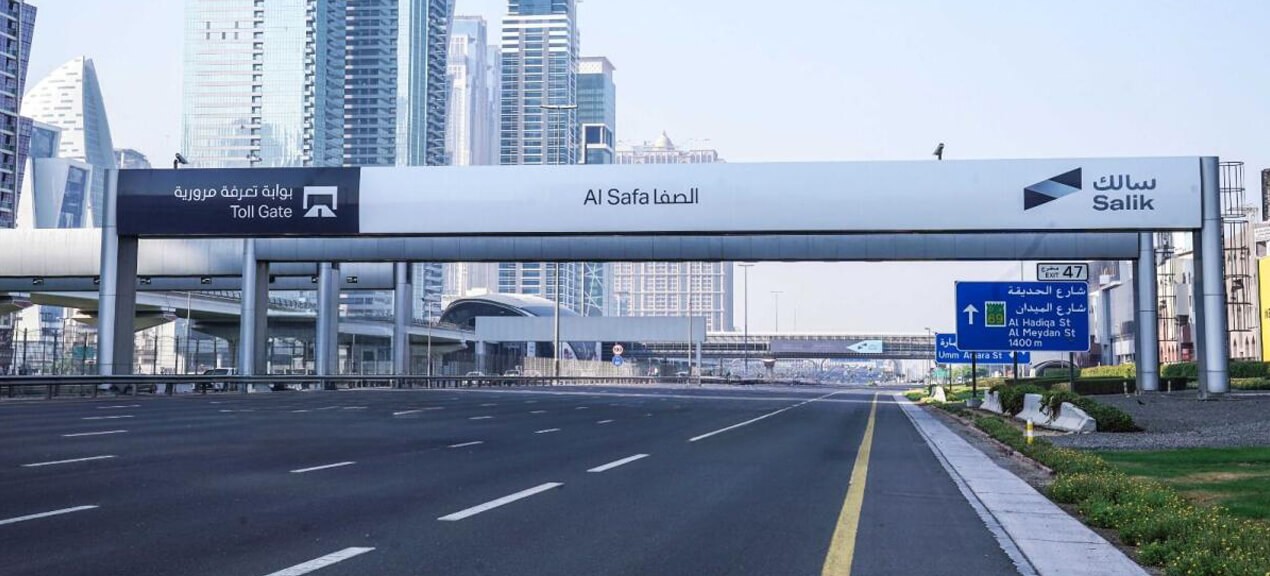
New Salik Toll Gate Revealed? Motorists Spot Changes on Al Khail Road
Dubai’s traffic management is about to get a major update by introducing two new Salik toll gates. First announced earlier this year, these new gates will improve traffic flow and reduce congestion on some of the city’s busiest routes. This blog will cover everything you need to know about the new Salik gates, their impact on traffic, and how they will affect your commute.
New Salik Gates: Locations and Timelines
Drivers have recently noticed changes on Al Khail Road and Sheikh Zayed Road, including the installation of new Salik gates. The two new locations are:
- Business Bay Crossing on Al Khail Road
- Al Safa South on Sheikh Zayed Road between Al Meydan Street and Umm Al Sheif Street
Salik Company PJSC, Dubai’s exclusive tollgate operator, has confirmed that these new toll gates will be operational by the end of November. The new system is expected to be up and running by the end of this year. The installation of these gates will increase the number of Salik gates in Dubai from eight to ten.
Impact of New Salik Toll Gates on Traffic Flow
The Roads and Transport Authority (RTA) has stated that the new Salik gates aim to optimize traffic flow and reduce congestion on key routes. Here’s how each new gate will contribute to easing traffic:

- Business Bay Crossing Salik Gate:
- Rerouting Traffic: Traffic from Jebel Ali will be redirected to Sheikh Mohammed bin Zayed and Emirates Roads.
- Al Khail Road: Expected to see a 15% reduction in congestion.
- Al Rebat Street: Anticipated a 16% decrease in traffic volumes.
- Financial Centre Street: Traffic reduction of 5%.
- Travel Time: The new gate will cut total travel time on Al Khail Road between Al Rebat and Ras Al Khor Streets by 20,000 hours daily.

- Al Safa South Salik Gate:
- Right-Turn Traffic: A 15% reduction in traffic turning right from Sheikh Zayed Road to Al Meydan Street.
- Traffic Volumes: Expected 42% decrease in traffic from Al Meydan and Al Safa Streets to Sheikh Zayed Road.
- Sheikh Zayed Road: Reduction of 4% in traffic volumes between Financial Centre and Latifa Bint Hamdan Streets.
- Optimization: Improved traffic distribution on First Al Khail Road and Al Asayel Streets by 4%.
Understand How Salik Toll Gates Operate
Currently, Dubai has eight operational Salik gates: Al Mamzar North, Al Mamzar South, Al Garhoud Bridge, Al Maktoum Bridge, Airport Tunnel, Al Safa, Al Barsha, and Jebel Ali. Each time a vehicle passes through a Salik gate, an RFID scan of the Salik sticker tag on the car’s windscreen is completed. This automatically deducts a toll fee of Dh4 from the motorist’s prepaid account. This system helps ensure a smooth and efficient toll collection process.
Comparison with Other Toll Systems
In January 2021, Abu Dhabi introduced a similar toll system known as Darb. Unlike Dubai’s Salik, Darb charges are only applied during peak hours (7am to 9am and 5pm to 7pm) on weekdays. Darb tolls are free on Sundays and public holidays.
Conclusion
The addition of two new Salik toll gates is a significant step towards improving traffic flow in Dubai. By strategically placing these gates at key locations, the RTA aims to effectively manage traffic distribution and reduce congestion on major routes. As these gates become operational, motorists should stay informed about their new routes. This will help them prepare for the changes and ensure a smoother driving experience.
Stay tuned to our blog for more updates on Dubai’s traffic management and other local news!

